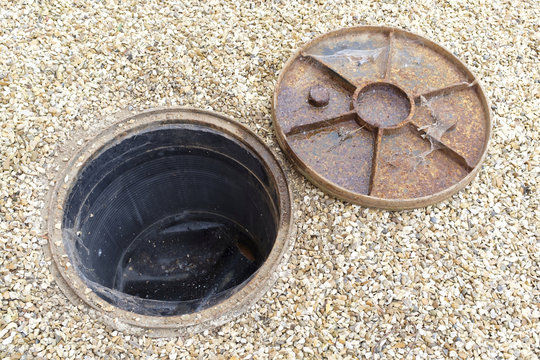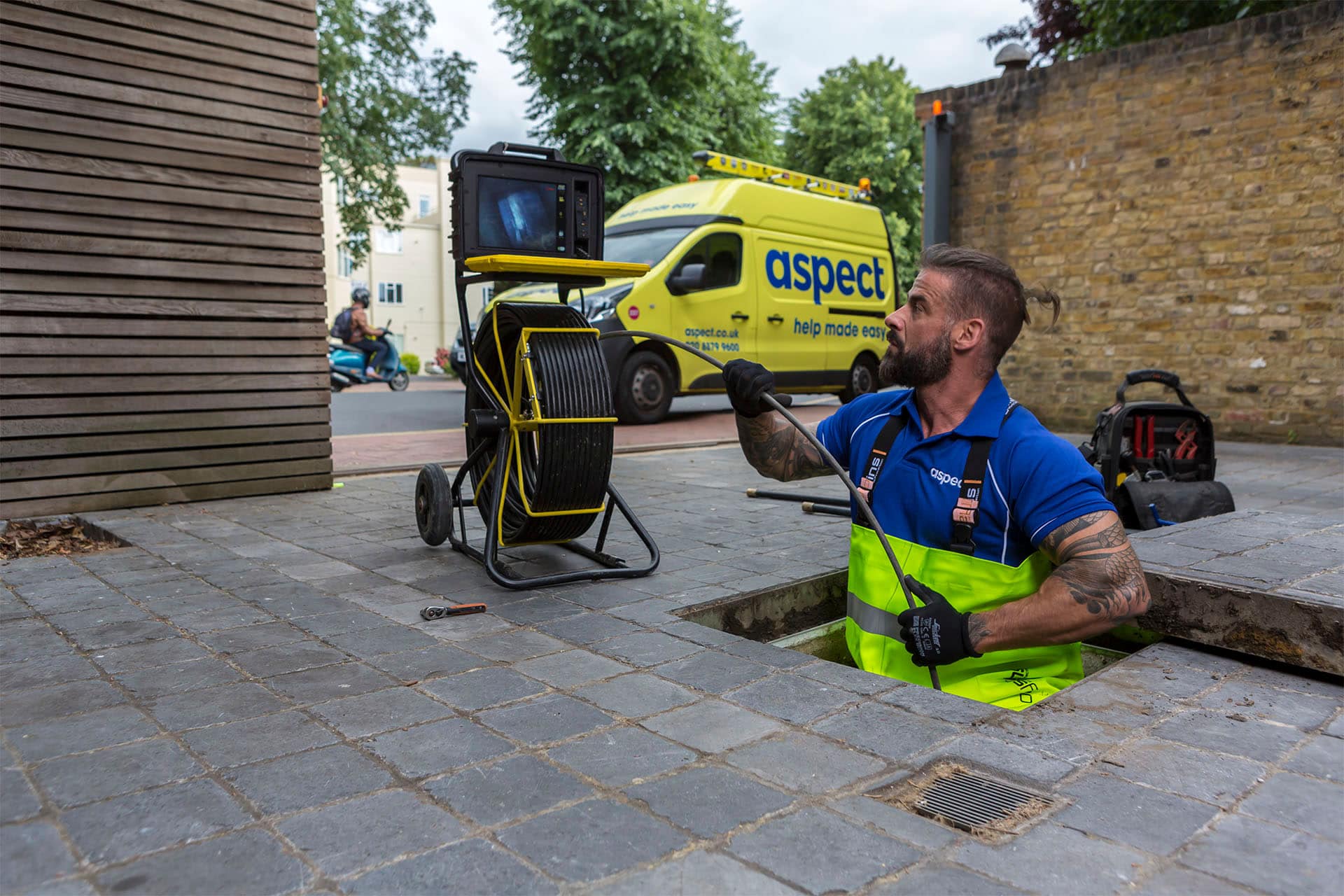Steps for Addressing a Blocked Drain Before Consulting Expert Help
Steps for Addressing a Blocked Drain Before Consulting Expert Help
Blog Article
Presented here on the next paragraphs you can locate additional sound ideas all about What I learned from trying to deal with a clogged drain.

Intro
Managing a blocked drainpipe can be a discouraging experience, interfering with everyday activities and potentially creating damage to your property. Nevertheless, prior to connecting to pipes professionals, there are actions you can require to address the problem on your own. In this overview, we'll explore DIY services and safety nets to take on a blocked drainpipe properly.
Determining the Issue
The primary step in resolving an obstructed drainpipe is recognizing the indications. Slow drainage, gurgling noises, foul odors emanating from drains pipes, or water support up are common signs of a blocked drainpipe. Identifying these indicators early can help protect against even more complications.
Typical Reasons For Blocked Drainpipes
Understanding the aspects that add to drain obstructions is important for efficient resolution. Common perpetrators consist of hair, soap residue, grease, food debris, and foreign items like hygienic items or paper towels. Tree roots invading underground pipes can likewise trigger considerable clogs.
Do it yourself Solutions
For small blockages, several do it yourself services can be efficient. Putting boiling water down the drain can assist liquify grease and debris. Baking soda and vinegar or a blend of salt and cooking soft drink can act as natural cleaners. Making use of a bettor or pipes snake to remove obstructions is one more choice.
Tools and Tools
Having the right tools handy can make do it yourself drain cleaning extra effective. A plunger is a functional device for getting rid of obstructions in sinks, commodes, and showers. A plumbing serpent or auger can reach much deeper clogs, while drainpipe cleansing chemicals can be utilized cautiously for stubborn clogs.
Preventive Measures
To prevent future clogs, adopting preventive measures is important. Mount drainpipe guards or strainers to catch hair and debris before they go into the pipelines. Routinely flush drains with warm water to liquify oil buildup, and avoid throwing away oil or strong waste down the tubes.
When to Call an Expert
While do it yourself remedies can settle small obstructions, specific indications show the need for expert help. Relentless obstructions, foul odors regardless of cleaning efforts, or several drains supporting simultaneously are red flags that require professional intervention.
Choosing the Right Plumbing Service
When selecting a plumbing service, take into consideration factors such as experience, licensing, and customer testimonials. Pick a trusted plumbing professional with a record of high quality workmanship and clear rates practices.
Price Considerations
The expense of specialist drain cleaning services can differ relying on the seriousness of the blockage and the plumbing technician's prices. Demand quotes from numerous companies and inquire about any type of service charges to make sure openness and prevent shocks.
Safety and security Measures
When trying DIY drain cleaning, focus on security. Wear protective gloves and eyewear to stay clear of contact with unsafe chemicals or germs. Never blend different drain cleansing products, as this can generate hazardous fumes.
Situation Studies
Real-life instances illustrate the effectiveness of do it yourself solutions and the value of prompt specialist treatment in dealing with drain blockages.
Conclusion
By following the tips outlined in this overview, you can properly take on obstructed drains pipes and stop future plumbing issues. Whether opting for do it yourself options or seeking professional support, punctual activity is key to maintaining a healthy and balanced plumbing system and protecting the honesty of your home.
How to Clear a Clogged Drain Yourself (And When to Call In the Professionals)
What Can Clog a Drain
Dirt Skin flakes Hair Grease Soap scum Food Offset pipes Tree roots Small objects Mineral buildup DIY Tricks to Unclog a Drain
You can fix this! Once you have identified the source of the clog (or have a vague idea), you can try one or a combination of these fixes in order to clear your plumbing.
Wire Hanger or Snake
Untangle and clear out hair from a drainpipe with a homemade snake. Use a straightened-out wire hanger with a 90-degree angle hook to locate the clog and drag out any unwanted material.
Remember not to push the clog further down to where the wire hanger cannot reach! If you need to follow up with a plunger, give it a try. Your efforts might be more successful after it’s been wire-snaked.
If you want to get fancy and don’t have a wire hanger to spare, head to the store and pick up a hand-operated drain snake. You can get one for $10-$30. It may save you the hassle, and provide additional length to reach deep into the clogged pipe.
Plunger
A cup plunger has a suction cup attached to a wooden handle. The rubber creates a seal around the drain, and increases the pressure force of the plunger.
Plunge for 30-second increments to loosen the clog. This may need to be repeated over the course of 15-20 minutes. Once plunged, run the water to flush the remaining material out of the drain.
Remember– never use a plunger if you have used a chemical drain cleaner. These chemicals can splash up from the force of the plunger and cause serious injury or burns.
Boiling Water
Hot water can sometimes break up materials into a flushable amount. Dirt, grease, and soap buildup requires heat in order to unstick from surfaces.
Take your kitchen kettle and heat your water to a boil. Once it reaches a rolling boil, pour it directly down the drain into the blockage. Carefully follow with plunging, if necessary.
Don’t worry if this takes more than one try! It can often take multiple kettles and repeated plunging in order to clear a particularly stubborn clog.
Chemical Drain Cleaner
As a last resort, pick up a bottle of chemical drain cleaner. Drain-cleaning chemicals are potent, and not very good for the environment.
You may need to wear protective eyewear in gloves before handling your bottle of chemical drain cleaner. Follow the instructions printed on the bottle, and flush with water as soon as the instructions allow. Do not follow with plunging.
Baking Soda and Vinegar
As a safer alternative to chemical drain cleaner, baking soda and vinegar can create a chemical reaction that clears tough clogs.
Combine one cup of cleaning vinegar with one cup of boiling water, and set aside. Once you have done this, pour half a cup of baking soda down the drain. Give the baking thirty seconds to settle and cover a large portion of the problem drain.
Following the baking soda, pour down your vinegar and hot water solution. Once the vinegar and baking soda combine, the mixture will bubble and fix. Let this reaction fizzle in the drain for about an hour.
After an hour, follow with a kettle’s worth of hot water. The heat and liquid should flush out any remaining material.
When to Call a Plumber
If your DIY attempts haven’t cleared your clog drain, it’s time to call in a professional. It’s not worth losing access to your kitchen sink or high-traffic bathroom. A clog in a vital area can keep you from the things you’d rather be doing, and derail your routine.
Anytime a clog is causing water to spread is a time to call in a plumbing service. What starts out as a little bit of water can quickly grow into serious, expensive water damage.
Additionally, a serious clog can result in burst pipes or serious leaks. Make sure you know when to take it seriously!
https://myguysnow.com/how-to-clear-a-clogged-drain-yourself-and-when-to-call-in-the-professionals/

I have been very fascinated by Tips for Dealing with Clogged Drains and Sewer Lines and I am hoping you enjoyed the entire article. Do you know somebody else who is interested by the topic? Take a moment to share it. Thanks a bunch for your time. Come back soon.
Call Report this page